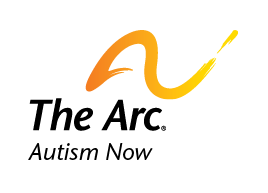Implications of the Concept of Neurodiversity for Practice and Research
Contents
- What is Neurodiversity?
- What kinds of implications does neurodiversity have for disability research?
- What kinds of implications does the idea of neurodiversity have for disability service-provision and education?
What is Neurodiversity?
Neurodiversity – short for “neurological diversity” – is a concept that refers to the many and varied types of brains that human beings have. The neurodiversity movement is a social movement that seeks to try and shift the direction of research and service-provision around neurological disabilities away from trying to make people more “normal” and towards improving their quality of life, recognizing that doing so may often be done more effectively by pursuing an alternate path from “normalcy”.
What kinds of implications does neurodiversity have for disability research?
Much of the focus of the disability research agenda, particularly with regards to developmental disabilities such as the autism spectrum or intellectual disabilities, is focused on questions of causation, prevention or cure. For example, according to the 2009 Inter-Agency Autism Coordinating Committee Research Portfolio from the Department of Health and Human Services, only 3% of autism research dollars go towards services-research and less than 1% goes toward research into the needs of adults on the autism spectrum (Office of Autism Research Coordination). These research priorities tend to consist mainly of basic and biomedical research, which – while useful – tends to have limited utility to the lives of disabled people today. The neurodiversity critique points out that there are many research priorities in the areas of applied and services research with more immediate returns on investment in the quality of life of disabled people alive today and urges a re-balancing of the disability research agenda to reflect present needs.
What kinds of implications does the idea of neurodiversity have for disability service-provision and education?
Historically, much disability service-provision has pushed for trying to make disabled children and adults as much like their non-disabled peers as possible. Much autism intervention focused on the goal of making autistic children appear “indistinguishable from peers.” The neurodiversity movement raises concerns that the focus on normalizing can be abusive and distracts from more important priorities, such as communication, independent living and quality of life. Techniques like person-centered planning, augmentative and alternative communication technologies and Universal Design for Learning are in line with the neurodiversity movement’s ideals.

